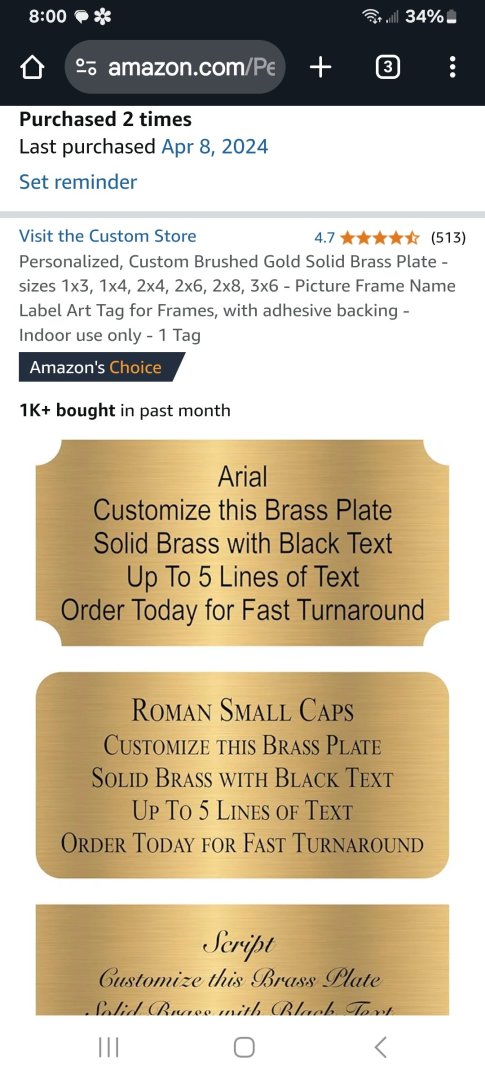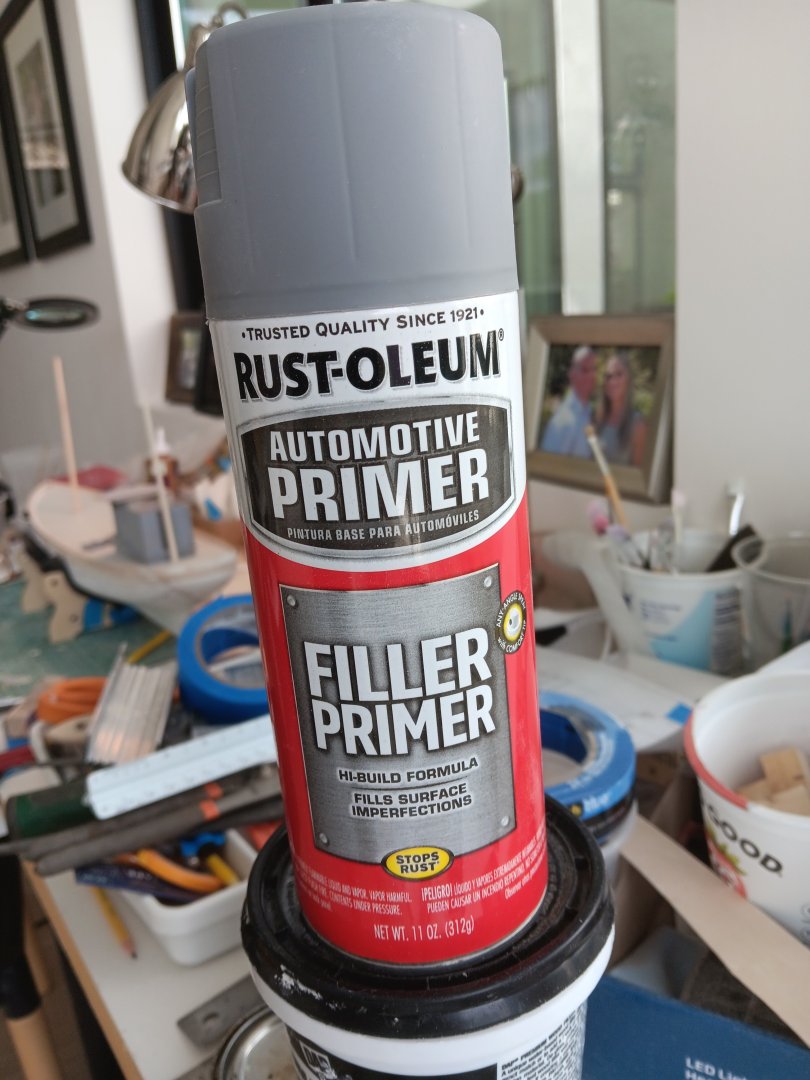
wmherbert
Members-
Posts
285 -
Joined
-
Last visited
Content Type
Profiles
Forums
Gallery
Events
Everything posted by wmherbert
-
Best White Wood Glue For Ship Building
wmherbert replied to OldeManToad's topic in Modeling tools and Workshop Equipment
-
Welcome. I've built that old kit and it came out very nice. If you would like message me and I'll send some photos and some thoughts. Bill
-
Nice work!. Just thinking about working at that scale makes my eyes ache! Bill
- 165 replies
-
- Red Jacket
- Marine Model Company
-
(and 2 more)
Tagged with:
-
Deck Cleats
wmherbert replied to hof00's topic in Discussion for a Ship's Deck Furniture, Guns, boats and other Fittings
And never run through an eye bolt and then tied to something else. Always there would be a block. -
Deck Cleats
wmherbert replied to hof00's topic in Discussion for a Ship's Deck Furniture, Guns, boats and other Fittings
I am confused too. Lines are never tied off to an eyebolt. There would be a block attached to the eye bolt and then the line through it would be tied off to a cleat or pin. -
I've never tried needle threader since it seemed the hole had to be big enough to get two diameters of line through. I've always just drilled out hole so one line could get pushed through. I use a little CA on the thread , wait a few moments and then snip the end at an angle. I use the CA on about the last 1/4 inch. But maybe it's not the best way and I should try the needle threader Bill
-
What was your technique?
-
Welcome. Just remember you're in this to please yourself, no one else. Just have fun. Bill
-
Welcome. My suggestion is henriette Marie by billings boat. Has all the stuff you do on more complicated builds but not too much. Also realitevly quick. Took me about 40 hours. Instructions not very good but plenty of help and advice here. Also it's a pretty ship. Bill
-
It's looking really nice. I'm looking for a scratch built project. At 1:48 it would be a nice size for me. Do you think if I bought the plans I could enlarge them to 1:48 and use them for a build? I've thought about doing this on some card models but don't really know how how feasible it is. It would open up a lot of choices in ships. I've done 3 or 4 scratch built models from museum plans and have wondered how feasible it would be from card model sheets. Bill
-
Nice job. Your plates and rivets came out great. What is a NWSL riveter tool? even Mr. Google couldn't help me. Bill
-
Absolute beginner here - new to ship modeling
wmherbert replied to AlanR's topic in New member Introductions
I think one consideration that is not mentioned much is that any model takes a lot of time. I think it's really important to pick a ship that you really like. I would choose a more difficult model that I really liked over an easier one that didn't get me excited. Remember you have to look at this thing for months as you work on it. -
Welcome. One great thing about this hobby and MSW is being able to share with fellow enthusiasts from all over the world. Wouldn't it be nice if the world were all just one big happy group like it is here? Maybe there's hope. Bill
-
Search "wrinkles in silkspan" in everywhere for some ideas. Bill
About us
Modelshipworld - Advancing Ship Modeling through Research
SSL Secured
Your security is important for us so this Website is SSL-Secured
NRG Mailing Address
Nautical Research Guild
237 South Lincoln Street
Westmont IL, 60559-1917
Model Ship World ® and the MSW logo are Registered Trademarks, and belong to the Nautical Research Guild (United States Patent and Trademark Office: No. 6,929,264 & No. 6,929,274, registered Dec. 20, 2022)
Helpful Links
About the NRG
If you enjoy building ship models that are historically accurate as well as beautiful, then The Nautical Research Guild (NRG) is just right for you.
The Guild is a non-profit educational organization whose mission is to “Advance Ship Modeling Through Research”. We provide support to our members in their efforts to raise the quality of their model ships.
The Nautical Research Guild has published our world-renowned quarterly magazine, The Nautical Research Journal, since 1955. The pages of the Journal are full of articles by accomplished ship modelers who show you how they create those exquisite details on their models, and by maritime historians who show you the correct details to build. The Journal is available in both print and digital editions. Go to the NRG web site (www.thenrg.org) to download a complimentary digital copy of the Journal. The NRG also publishes plan sets, books and compilations of back issues of the Journal and the former Ships in Scale and Model Ship Builder magazines.





